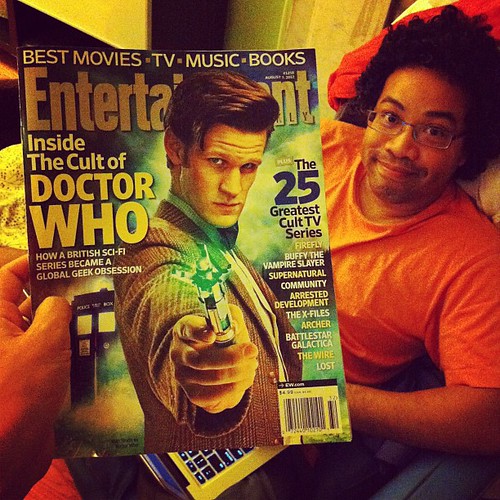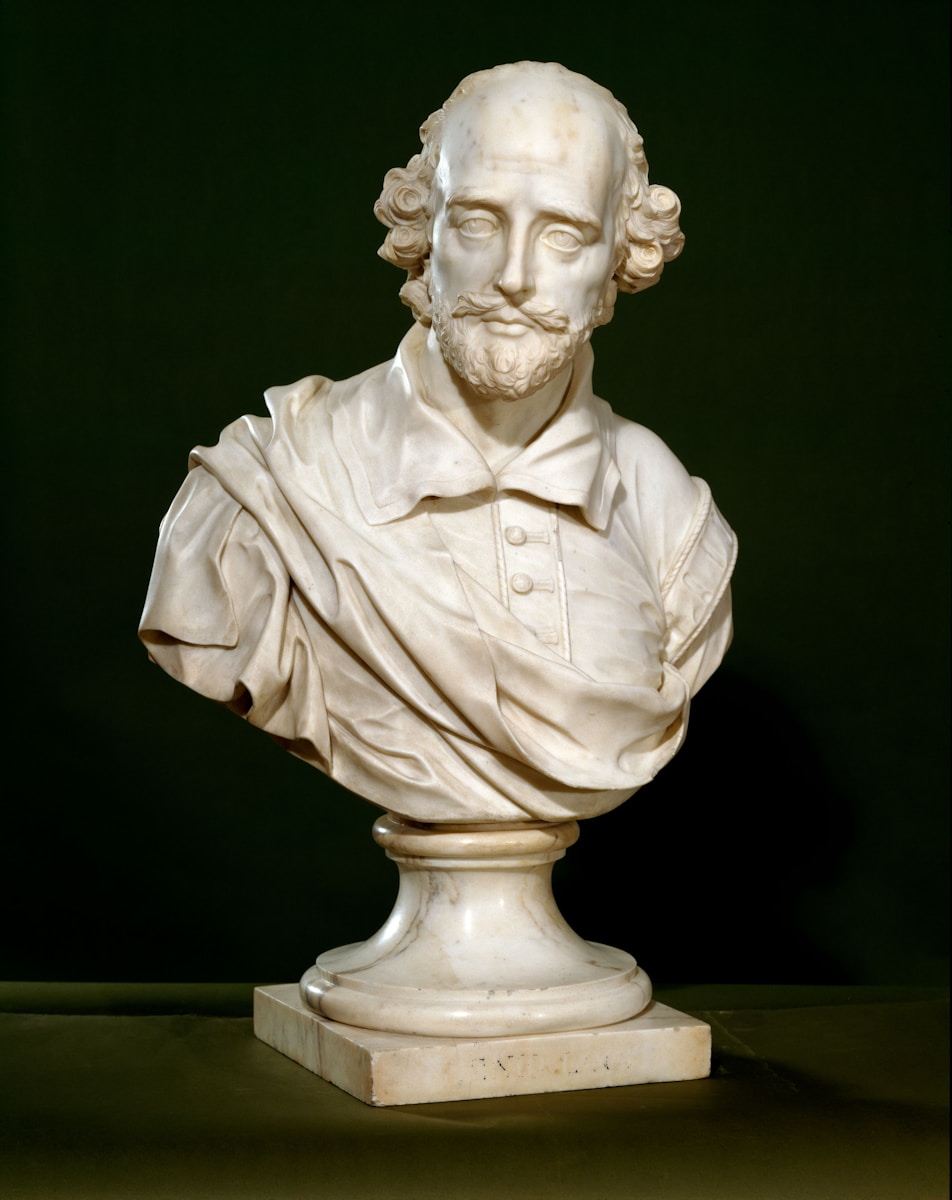
The Quirky World of British Children’s Television
When it comes to children’s television, few places can match the sheer inventiveness and occasional oddities of British programming. From the whimsical to the downright bizarre, British children’s shows have a unique charm that captures the imaginations of kids (and adults!) everywhere. But what is it about these shows that makes them so wonderfully weird, and sometimes a tad terrifying?
A Legacy of Innovation
British children’s TV has a rich history, stretching back to the early days of broadcasting. The BBC began airing children’s programs in the 1940s, and since then, British creators have continuously pushed the boundaries of storytelling, animation, and puppetry. Shows like “Blue Peter,” which began in 1958, set the stage for innovative content aimed at younger audiences, blending education with entertainment in ways that were both engaging and unexpected.
The legacy of creativity continues today with groundbreaking shows that often combine humor, life lessons, and a sprinkle of the uncanny. Think of “Teletubbies,” where colorful characters roamed a surreal landscape, or “Pingu,” featuring a charming little penguin who communicated through a series of adorable sounds. These programs, while entertaining, also offered viewers a glimpse into a world that differs from traditional storytelling.
The Peculiar Characters
One of the hallmarks of British children’s television is its cast of quirky characters. From the lovable to the utterly bizarre, these personalities often defy norms. Take “Mr. Blobby,” for instance. With his bulbous shape, polka-dotted skin, and an unpredictable temperament, he was a phenomenon in the 1990s that appealed to children and left adults scratching their heads. Mr. Blobby’s antics were often chaotic and absurd, embodying a unique brand of humor that can only be described as delightfully nonsensical.
Then there’s “The Teletubbies,” featuring Tinky Winky, Dipsy, Laa-Laa, and Po. These colorful beings, each with their own distinct personalities and nonsensical catchphrases, inhabit a surreal landscape filled with laughter and curiosity. The blend of the innocent and the absurd creates an experience that is both enchanting and oddly disconcerting, tapping into the fantastical nature of childhood imagination.
Teaching Lessons the Quirky Way
British children’s shows often introduce life lessons through their unique narratives. Shows like “Pingu” and “Mister Maker” have a knack for teaching empathy, creativity, and problem-solving, albeit in unconventional ways. By presenting challenges through whimsical storytelling, children learn valuable lessons without the sometimes heavy-handed approach seen in other programming.
In “Charlie and Lola,” for example, the sibling dynamics and imaginative play teach kids about sharing and understanding through endearing tales. Lola’s whimsical interpretations of the world around her often lead to hilariously awkward situations, proving that even the most bizarre scenarios can yield meaningful insights into human behavior.
The Power of Puppetry
Puppetry has long been an integral part of British children’s television, bringing a tactile and interactive element that engages young viewers in a different way. Shows like “Bagpuss,” with its handcrafted aesthetics and slow-paced storytelling, offer a soothing experience that contrasts sharply with the fast-paced, flashy programming common in many other parts of the world.
The magic of puppetry lies in its ability to create a tangible connection between the characters and the audience. In “Muppet Treasure Island,” for instance, the blend of live-action and puppetry not only captivates young viewers but also introduces them to classic literature in a fun and accessible manner. The quirky designs and expressive movements of the puppets allow for a level of emotional engagement that purely animated characters often lack.
Embracing the Eerie
While many British children’s shows are light-hearted and whimsical, there’s an undeniable presence of the eerie and the unsettling. Shows like “The Wombles,” featuring eco-friendly creatures who live in abandoned urban spaces, present a charming yet slightly dystopian view of nature reclaiming the earth. The contrast between the cuddly Wombles and their rather bleak environment gives a distinctly eerie vibe that can be both captivating and a little unnerving.
Then there’s “The Magic Roundabout,” a show that has perplexed many viewers for decades. With its cryptic storylines and strange, often trippy animation, it’s no wonder that some have referred to it as a “psychedelic experience for children.” This surrealism can create moments of discomfort, but it also encourages kids to explore their imaginations in ways that more straightforward narratives might not.
Why We Love the Weirdness
So, what is it about the weirdness of British children’s television that keeps us coming back for more? For one, it taps into the essence of childhood curiosity. Kids are naturally drawn to the unusual and the strange, and British programming often revels in that sentiment. The combination of the bizarre with relatable experiences makes for a rich tapestry of storytelling that resonates across generations.
Moreover, the humor in these shows often appeals to adults as well. Parents and caregivers who grew up watching the same programs find joy in sharing these experiences with their children, creating a bond over the shared appreciation for the quirky and the absurd. There’s something heartwarming about watching a new generation giggle at the same oddities that entertained their parents.
A Broader Perspective
In a globalized world, where children are exposed to a plethora of content from various cultures, British children’s television stands out not just for its weirdness, but for its approach to storytelling. The willingness to embrace the peculiar, the surreal, and even the slightly scary allows for a richer, more diverse exploration of ideas and themes that resonate with children on multiple levels.
As we continue to navigate the changing landscape of children’s media, the weird and wonderful essence of British programming remains a crucial part of that journey. It encourages creativity, fosters emotional intelligence, and ultimately embraces the quirky nature of childhood itself.
In Conclusion
British children’s TV shows are a delightful mix of the strange, the charming, and sometimes the downright frightening. They encourage imagination, teach valuable life lessons, and provide a comforting sense of nostalgia for parents. Whether it’s through quirky characters, innovative puppetry, or an embrace of the bizarre, British programming has carved out a unique space in the world of children’s television. So, next time you find yourself watching a peculiar British show, remember: it’s all part of the wonderfully weird experience that both children and adults cherish.

